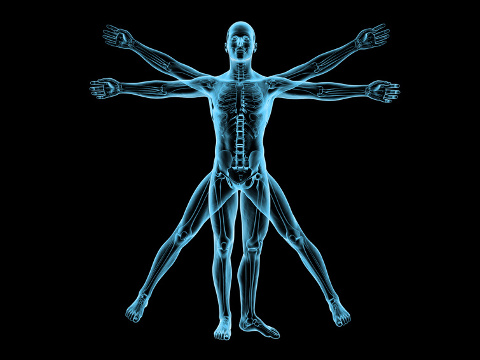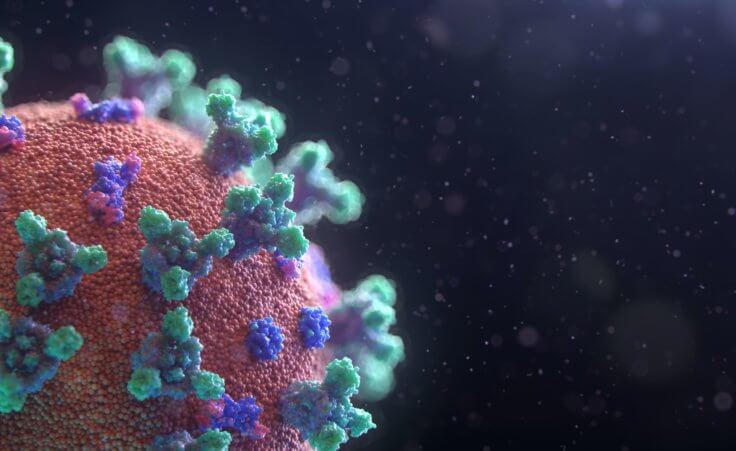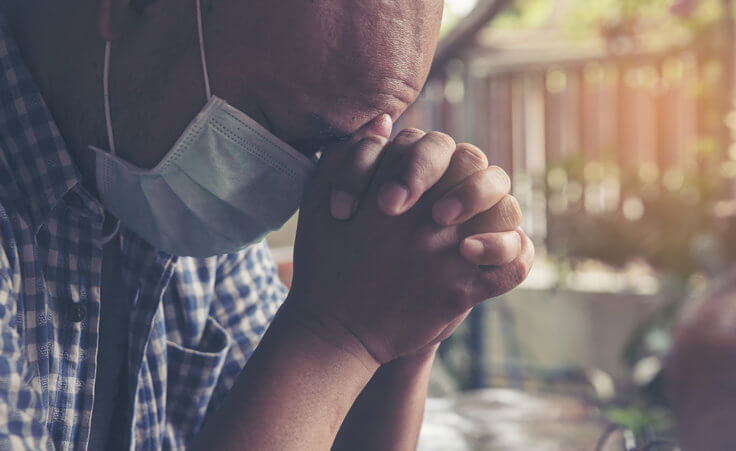
Pew Research recently released a fascinating study on lifelong learning habits of Americans. Among the findings, when asked what impact learning activities had on their lives, sixty-nine percent of respondents said it “opened up new perspectives about their lives.” Peter Senge, in The Fifth Discipline, extols the virtues of the learning organization and argues for leaders to take on the task of lifelong learning: “Learning in this context does not mean acquiring more information, but expanding the ability to produce the results we truly want in life. It is lifelong generative learning.”
Some of the greatest lessons emerge when you allow yourself to be taught by trusted sources. Proverbs 15:22 says that “Without counsel plans fail, but with many advisors they succeed.” The entire book of Proverbs is an extended invitation to learn the way of wisdom, and to do that in our specific areas of leadership we need to listen to other wise leaders.
One such leader is Dr. Paul Brand. Brand and his wife served as medical missionaries in India and rural Louisiana, spending the bulk of their lives working with leper colonies. Brand’s contribution to the medical field is astounding, but his spiritual insight is equally significant. Philip Yancey, the author of What’s So Amazing about Grace?, co-wrote a book with Dr. Brand entitled Fearfully and Wonderfully Made. The book explores how an investigation of the body and its cells, bones, skin, and motion leads to a deepening understanding of why Paul used the metaphor of the “body of Christ” to describe the Church. There are numerous applications for leaders, beginning with the following. Below each italicized lesson is an excerpt from Dr. Brand in Fearfully and Wonderfully Made.
Leaders encourage their followers when they help them see how their area of specialization impacts the overall mission of the organization.
“For specialization to work, the individual cell must lose all but one or two of its abilities. A rod or cone cell cannot locomote, while an amoeba can perform a whole array of minuscule activities. But the human cell can, through its limited role, make possible much ‘higher,’ more meaningful achievement. A single rod can provide me with the wavelength of light that completes my appreciation of a rainbow, a kingfisher plunging into a stream, or a subtle change of expression in the face of a dear friend. Or it may protect me from disaster by firing off a message to the brain when a rock is hurled from an expressway bridge at my approaching car.”
Leaders know that division and internal strife in the organization can have disastrous effects.
“The most traumatizing condition in the body occurs when disloyal cells defy inhibition. They multiply without any checks on growth, spreading rapidly throughout the body, choking out normal cells. White cells, armed against foreign invaders, will not attack the body’s own mutinous cells. Physicians fear no other malfunction more deeply: it is called cancer. For mysterious reasons, these cells—and they may be cells from the brain, liver, kidney, bone, blood, skin, or other tissues—grow wild, out of control. Each is a healthy, functioning cell, but disloyal, no longer acting in regard for the rest of the body. Even the white cells, the dependable palace guard, can destroy the body through rebellion. Sometimes they recklessly reproduce, clogging the bloodstream, overloading the lymph system, strangling the body’s normal functions—such is leukemia.”
Leaders know that good rules and good structure actually contributes to freedom and growth rather than inhibiting it.
“Because it is hard and sometimes subject to fracture, bone has acquired the reputation of a nuisance to human activity. Bone prohibits us from squeezing into small spaces and from sleeping comfortably on hard ground. And what prevents skiers from adding twenty meters onto the looping, graceful ski jump and what keeps the slalom course in the domain of a few experts? The old nemesis of broken bones. A person who breaks a leg skiing could wish for stronger bones. But stronger bones would be thicker and heavier, making skiing far more limited or impossible. . . . The 206 lengths of calcium our body is strapped to are not there to restrict us; they free us. . . . Almost all our movements are made possible because of bone—rigid, inflexible bone.”
I highly recommend reading the entire book, as there are so many things to learn from Dr. Brand. He helps leaders to “behold wondrous things” from God’s creation (Psalm 119:18).












